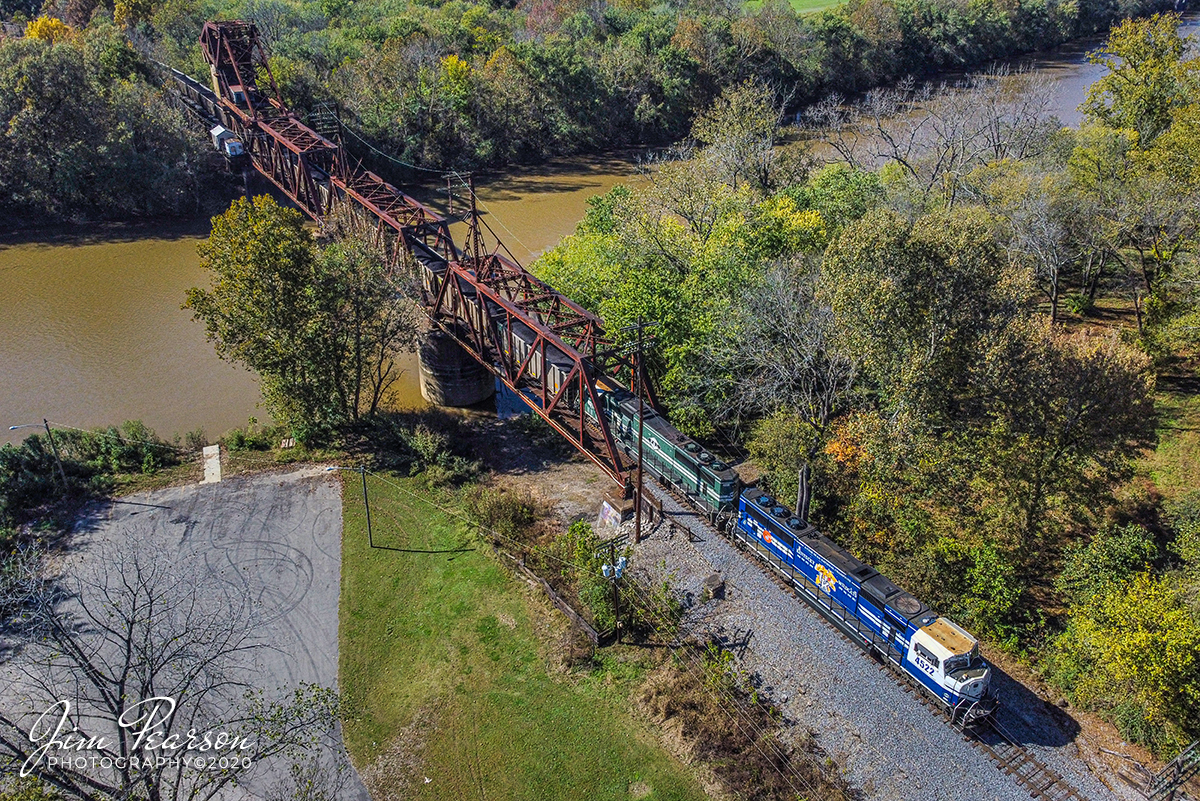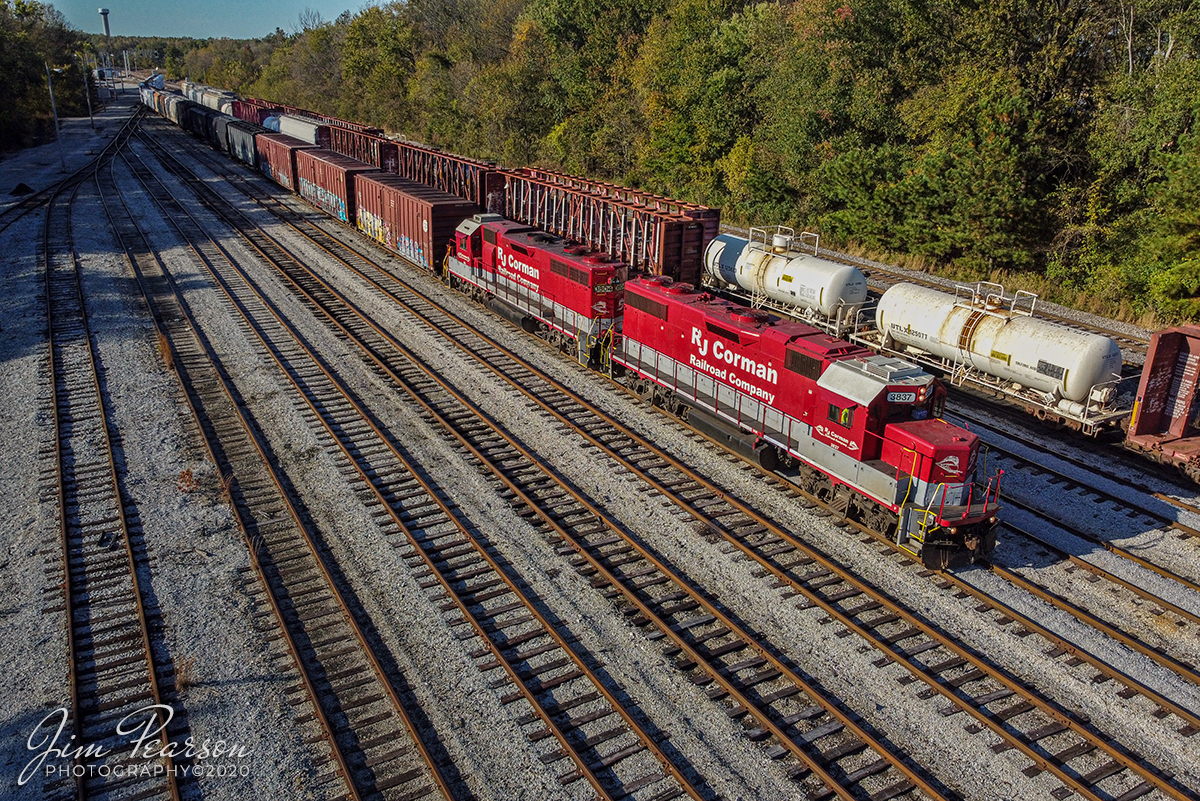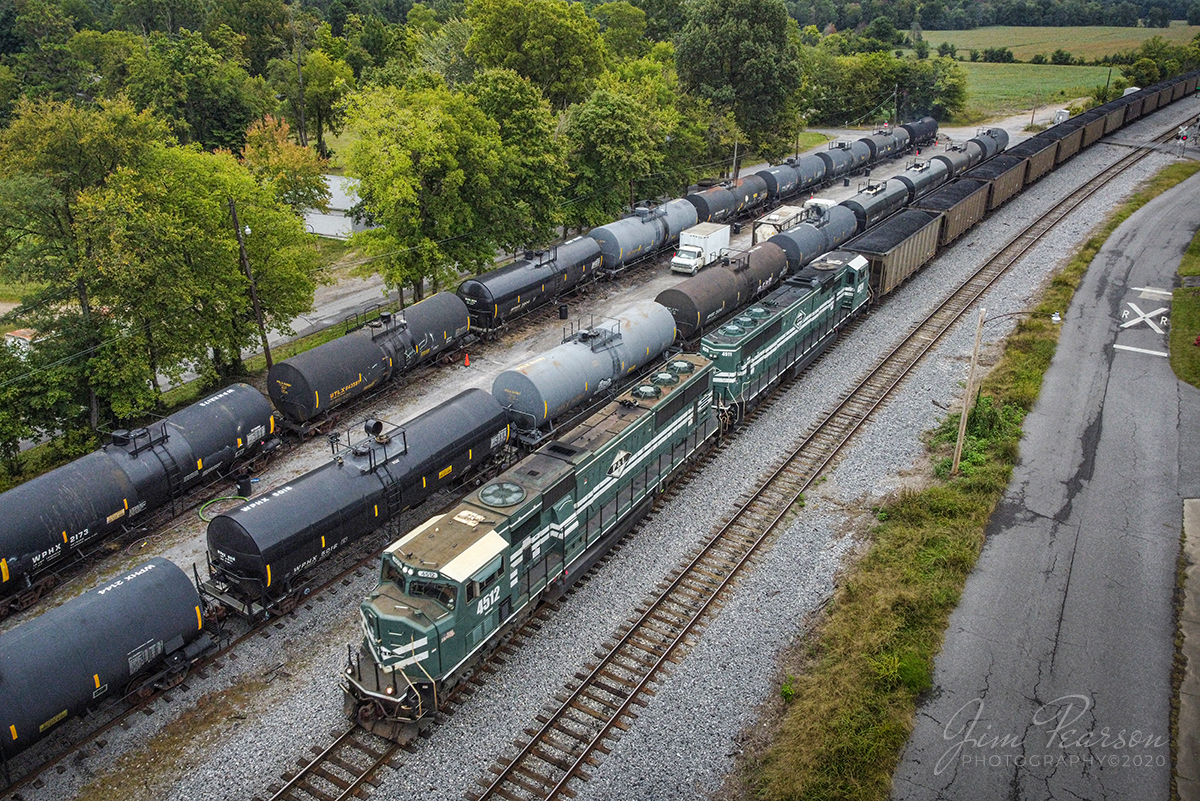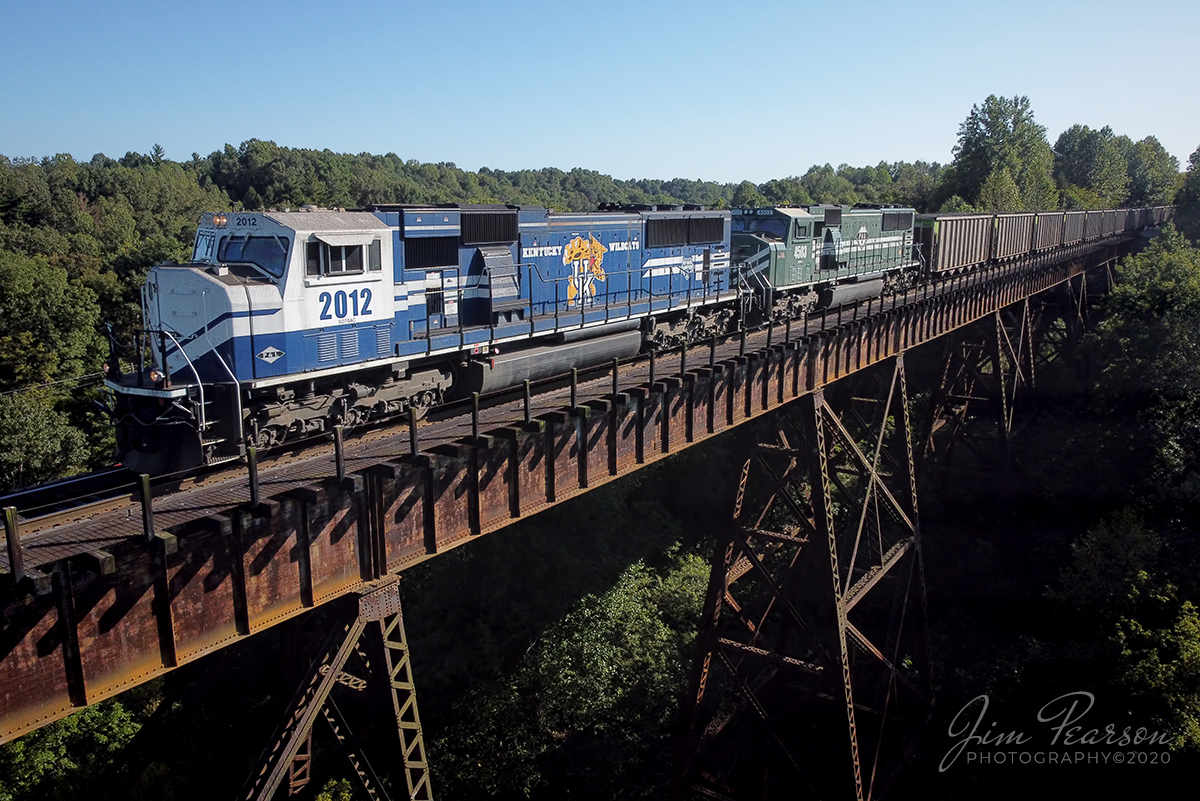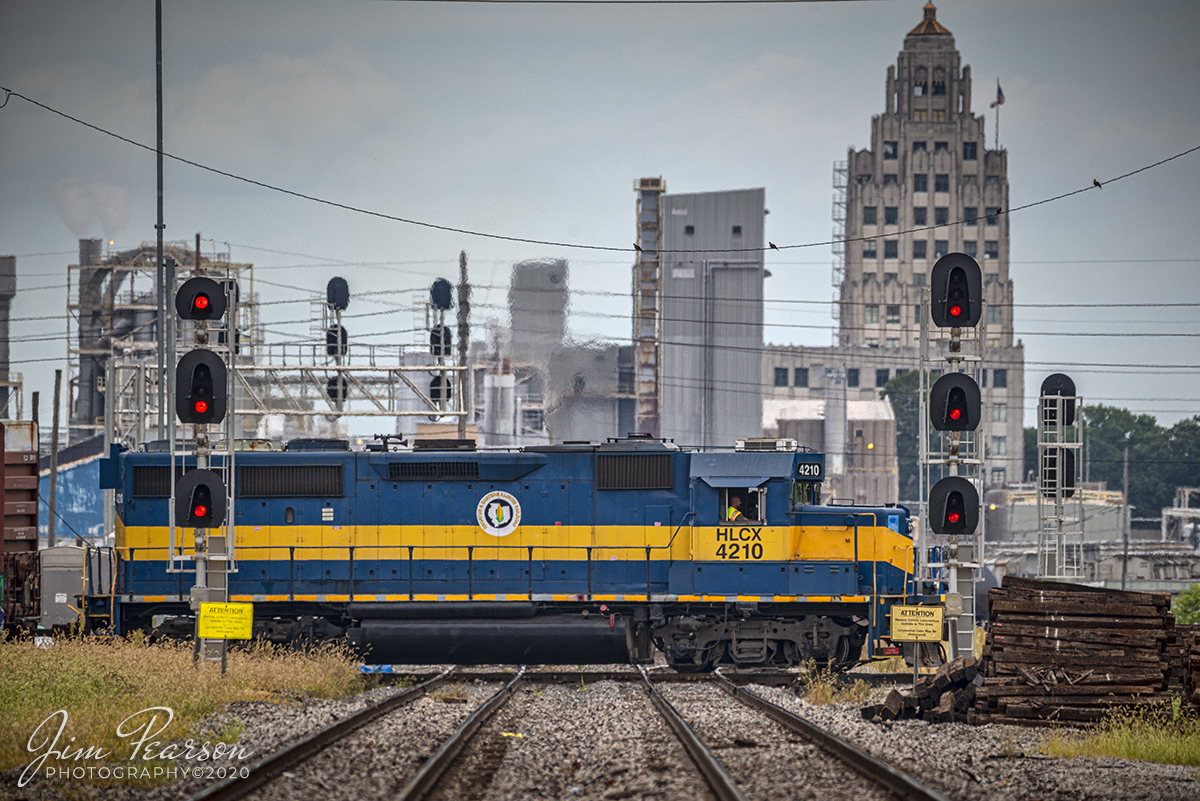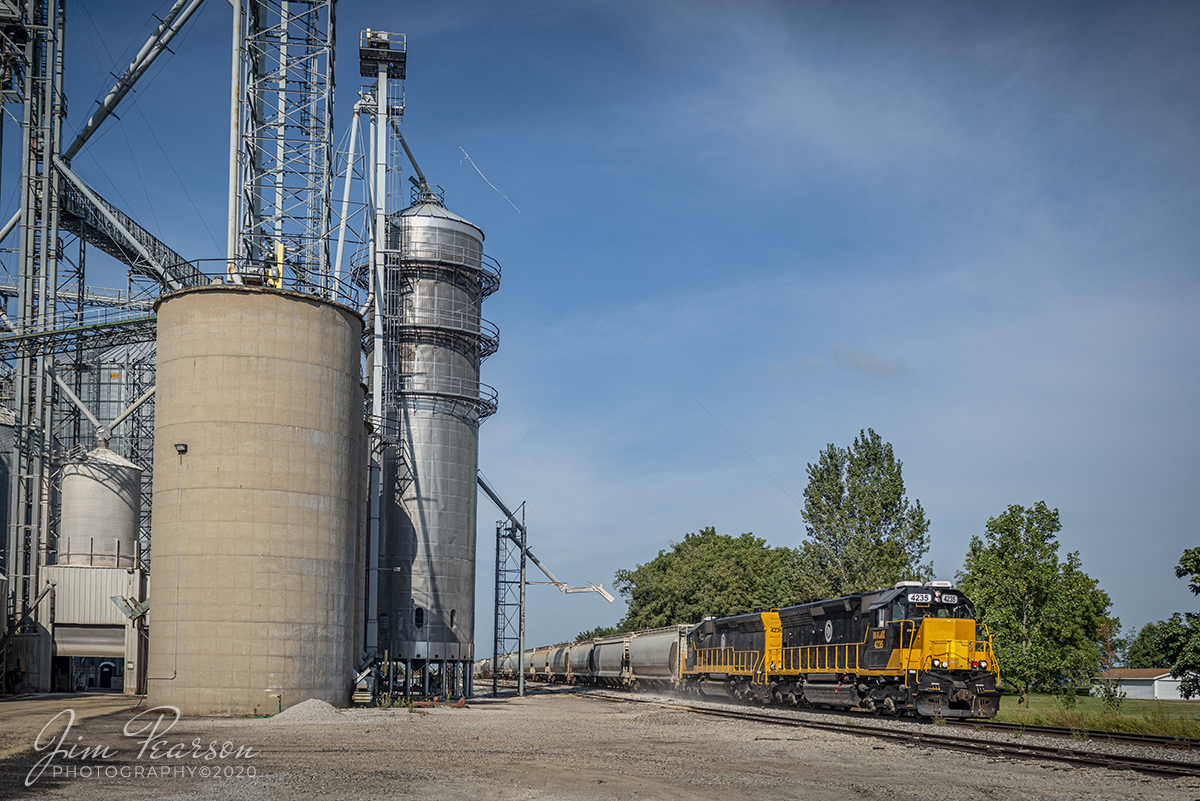August 29, 2020 – Decatur & Eastern Illinois Railroad (DERI) 101 with 4235 & 4236 leading the way, passes the Top Flight Grain elevators at Pierson Station, Illinois as it heads east to Terre Haute, Indiana (where they interchange with CSX) on the former CSX Danville Subdivision (now the DERI).
According to Wikipedia: The Decatur & Eastern Illinois Railroad (reporting mark DREI) is an American regional railroad that is a subsidiary of Watco Companies operating in eastern Illinois and western Indiana.
In January 2018, CSX Transportation announced that it was seeking offers to buy the Decatur Subdivision and the Danville Secondary Subdivision as part of a system-wide sale of low-traffic routes, and in July, Watco, via the DREI, was identified as the winning bidder. Following regulatory approval from the Surface Transportation Board, The DREI began operations on September 9, 2018.
The DREI operates two intersecting routes totaling 126.7 miles (203.9 km)—the former Decatur Subdivision between Montezuma, Indiana and Decatur, Illinois, and the former Danville Subdivision between Terre Haute, Indiana and Olivet, Illinois. It interchanges traffic with CSX, the Eastern Illinois Railroad, the Norfolk Southern Railway, the Canadian National Railway, and the Union Pacific Railroad. The railroad is headquartered in Decatur, Illinois.
Tech Info: Full Frame Nikon D800, RAW, Sigma 24-70 @ 31mm, f/5, 1/1000, ISO 100.


